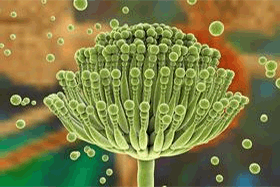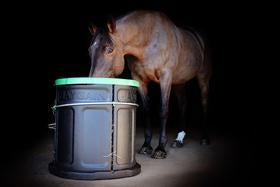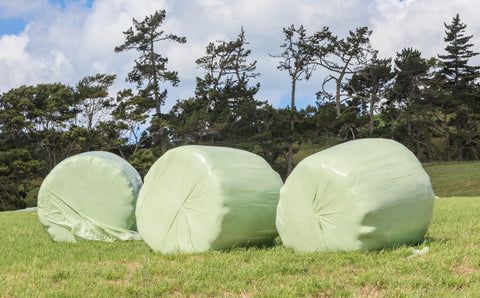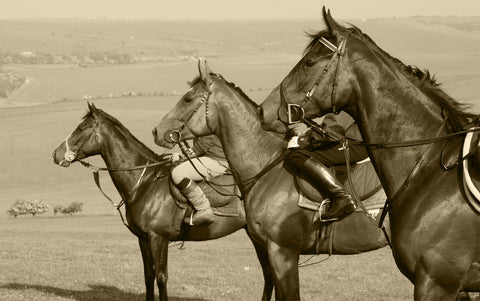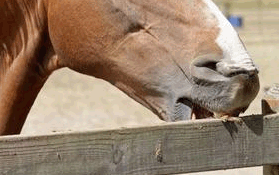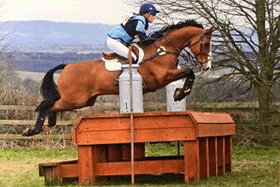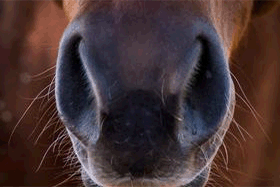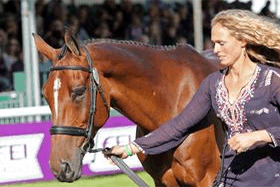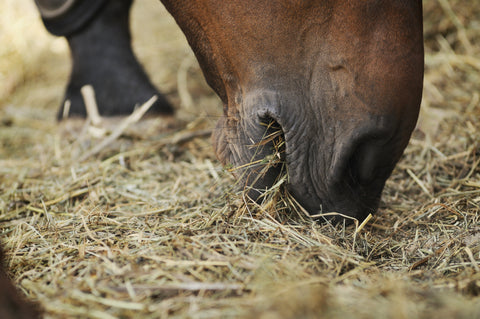Study suggests feeding Haygain steamed hay significantly reduces the risk of finding fungi in horses’ airways
A study conducted in Europe throughout 2013 and 2014 by Dr. Julie Dauvillier and Dr. Emmanuelle van Erck-Westergren examined 482 horses which had been referred for a regular health check, poor performance or respiratory issues. All horses were scoped and their case history and results recorded.
The study found the presence of different types of fungi in the airways of 72% of the horses. This ranged from Aspergillus through Penicillium to Mucor, Absidia, Geotrichum and Candida.
The researchers discovered that horses had a 3.8 times greater chance of being diagnosed with IAD if fungi were found in their airways.
The sources of these fungi were found to be the bedding and forage. An important outcome was finding that after analyzing all the forage options (dry hay, soaked hay, haylage or Haygain steamed hay) steamed hay not only had the lowest risk but was the ONLY method which significantly decreased the risk of finding fungi in the airways which is linked to Inflammatory Airway Disease (IAD).
The bar chart below shows the relative risk factor of diagnosing fungi in the airways.
The bar chart shows how straw bedding and dry hay increase the risk of diagnosing fungi in the airways. Haylage and soaked hay have a lower risk but steamed hay is the only option which actually lowers the risk of finding fungi in the airways.
This research shows that feeding horses Haygain steamed hay alone could reduce the incidence of IAD by a remarkable 63%.
In fact, this was found to be true even if hay-steaming were the only environmental management change made in the horse’s care regime.
The study concluded that IAD is highly prevalent (84% of this population) from environmental conditions, in particular from bedding and forage. It found that the presence of fungi was very noxious to horses’ health but that proper environmental management, in particular steaming hay, had a massive impact and was shown to be uniquely effective at reducing the risk of illness.
Dr. Van Erck-Westergen had already stated in the past that IAD is in fact significantly more prevalent than is generally assumed. This partly results from the lack of obvious symptoms associated with IAD in many horses.
Indeed, there are several other research papers which support this. Gerber et al (2003) looked at airway inflammation and mucus in two age groups of asymptomatic well-performing sport horses and found that although clinically healthy, all of the examined horses housed in a conventional stable environment showed evidence of inflammation in their airways. Allen et al., (2006) found lower airway inflammation in 70% of National Hunt horses referred for poor performance and Nolen-Walston found that 81% of the 98 cases they looked at retrospectively had evidence of airway inflammation.
References:
ACVIM June 2016 “The Prevalence of Fungi in Respiratory Samples of Horses with Inflammatory Disease” by Dr. J Dauvillier and Dr. E Westergren.
Allen, K. J., Tremaine W.H., Franklin S.H., Prevalence of inflammatory airway disease in national hunt horses referred for investigation of poor athletic performance. Equine Vet J Suppl. 2006 Aug;(36):529-34.
Gerber V, Robinson NE, Luethi S, et al. Airway inflammation and mucus in two age groups of asymptomatic well-performing sport horses. Equine Vet J 2003; 35:491–495.
Moore-Colyer, M.J.S. (1996) The effects of soaking hay fodder for horses on dust and mineral content. Animal Science. 63. 337-342.
Nolen-Walston, R.D., Harris, M., Agnew, M.E., Martin, B.B., Reef, V.B., Boston, R.C., and Davidson, E.J. (2013) Clinical and diagnostic features of inflammatory airway disease subtypes in horses examined because of poor performance: 98 cases (2004–2010) Journal of the American Veterinary Medical Association, April 15, 2013, Vol. 242, No. 8 , Pages 1138-1145
Warr, E., and Petch, J (1992) Effects of soaking hay on its nutritional quality. Equine Veterinary Education 5: 169-171
Wyss, U. and Pradervand, N. (2016) Steaming or Soaking. Agroscope Science. Nr 32 p32-33

